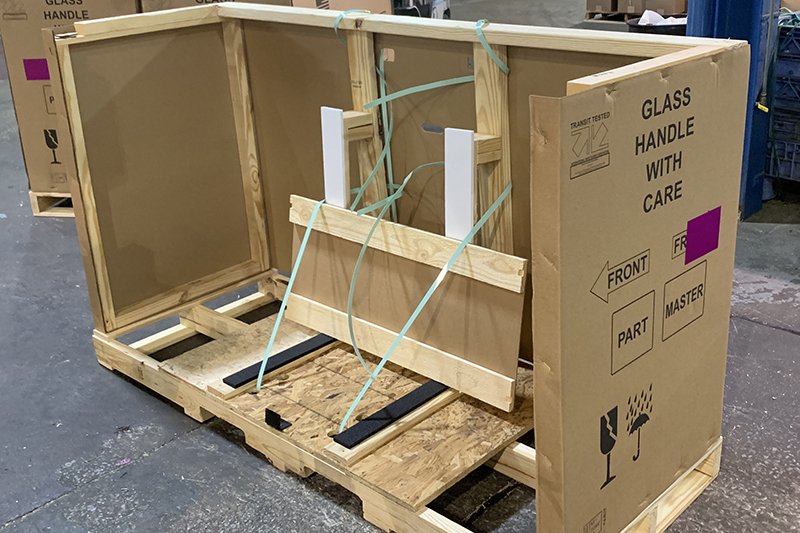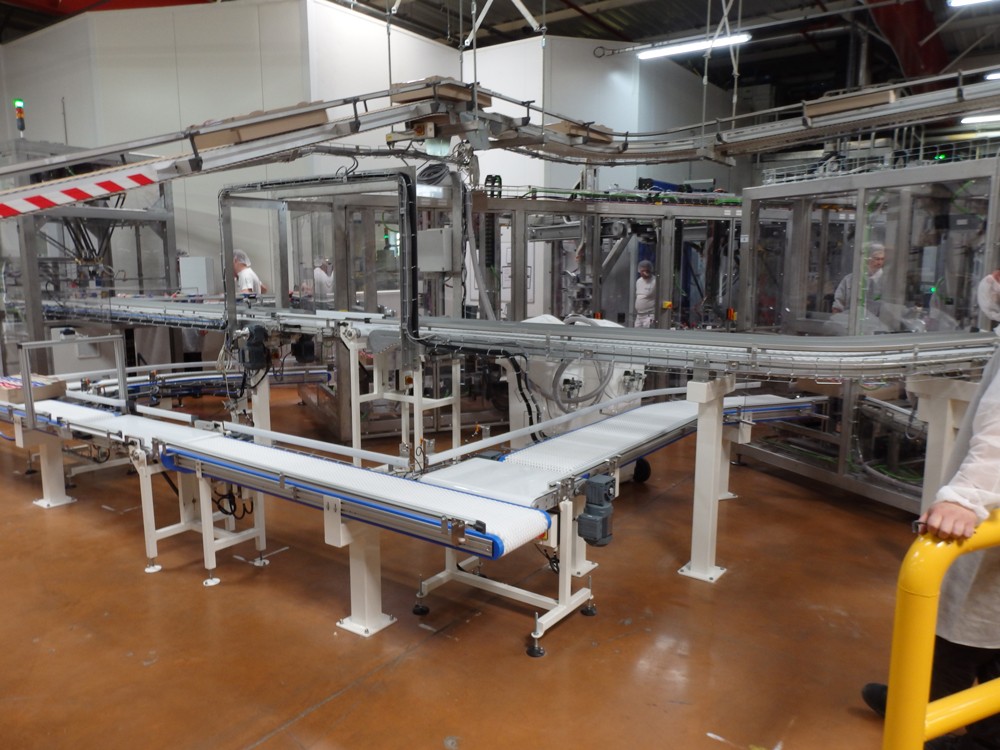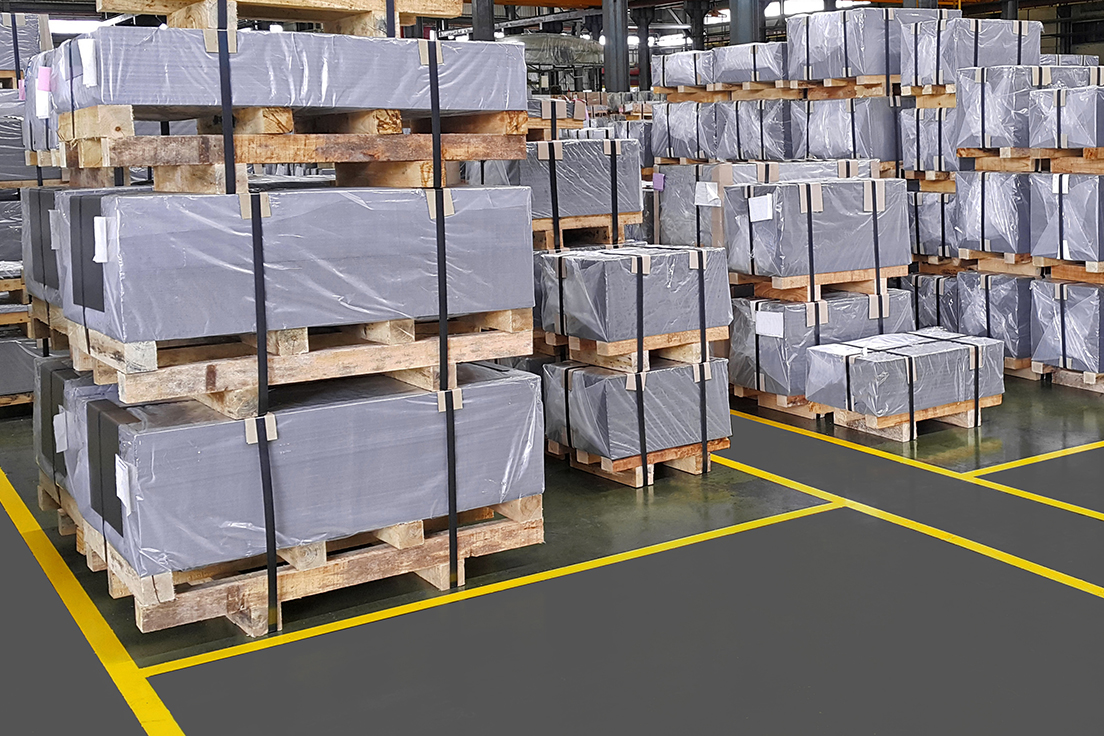Optimal Defense: Industrial Packaging Solutions Tailored for Success
Optimal Defense: Industrial Packaging Solutions Tailored for Success
Blog Article
Effective Industrial Recycling Solutions for Lasting Packaging: A Comprehensive Overview
That's where this extensive guide on reliable commercial recycling options for lasting product packaging comes in. By checking out vital locations such as packaging material option, designing for recyclability, implementing reusing infrastructure, collaborating with reusing partners, and monitoring and measuring reusing success, this guide will certainly furnish you with the knowledge and tools essential to make educated choices and drive positive change within your company. Whether you're a packaging specialist, sustainability manager, or simply interested in the subject, this guide will certainly offer valuable understandings and methods to help you navigate the globe of sustainable product packaging.
Product Packaging Material Choice
The choice of product packaging products plays an important role in making certain the sustainability of commercial reusing services. The option of materials is essential in reducing ecological effect and optimizing reusing effectiveness when it comes to lasting product packaging. Selecting the appropriate products can help decrease waste generation, save resources, and advertise a round economy.
One important variable to think about in product packaging product choice is recyclability - industrial packaging solutions. Materials that can be quickly recycled and incorporated back right into the manufacturing cycle are chosen. Products like cardboard, paper, glass, and particular kinds of plastics can be recycled several times without losing their quality. On the various other hand, materials that are difficult to reuse, such as non-recyclable compounds or mixed plastics, can produce challenges for the recycling procedure and might wind up in incinerators or land fills.
Another consideration is using eco-friendly and naturally degradable materials. Packaging made from eco-friendly resources, such as plant-based plastics or biopolymers, can help in reducing dependency on nonrenewable fuel sources and reduce climate adjustment. In addition, biodegradable products damage down normally over time, minimizing the build-up of waste in land fills.
In addition, the weight and quantity of packaging products need to be minimized to decrease transportation expenses and power intake. Light-weight products not just require fewer resources during production but likewise add to lower carbon emissions throughout transport.
Creating for Recyclability
In order to ensure the recyclability of packaging materials, thoughtful style is necessary. Creating for recyclability includes developing product packaging that can be conveniently arranged, separated, and processed in recycling facilities. One essential aspect of designing for recyclability is the selection of products. Product packaging designers should prioritize the use of products that are commonly approved for reusing and have actually developed recycling infrastructures. Products such as glass, light weight aluminum, and specific types of plastic, like PET and HDPE, are generally recycled and should be preferred over materials that are expensive or challenging to reuse.
An additional vital consideration in developing for recyclability is the elimination of unneeded components or materials. By decreasing the variety of layers, finishings, and additional elements, product packaging can be made easier and simpler to reuse. Additionally, designers must aim to reduce using combined products, as they can complicate the recycling process.

Implementing Recycling Framework
Effective implementation of recycling infrastructure is important for the success of industrial reusing options. Without appropriate facilities in place, the recycling process becomes inefficient and inefficient, preventing the total objective of lasting product packaging.
To apply reusing framework properly, several key factors need to be taken into consideration. There should be an efficient collection system that promotes the separation and collection of recyclable materials. This can consist of assigned recycling bins in public areas, as well as collaborations with waste administration business for curbside pick-up and sorting.
When collected, the recyclable products need to be delivered to reusing facilities in a prompt way. This requires efficient logistics and transportation networks, making certain that the materials get to the proper centers right away.
At the recycling centers, advanced sorting and handling modern technologies need to be in area to separate different sorts of materials properly. This includes making use of automated arranging devices, optical scanners, and hand-operated sorting methods.
Furthermore, there must be a robust market demand for recycled products. This can be accomplished via collaborations with manufacturers and markets that utilize recycled products in their these details manufacturing processes. Producing a secure market for recycled materials incentivizes the reusing market and advertises the round economic climate.
Teaming Up With Recycling Allies

One trick facet of teaming up with recycling partners is the establishment of clear interaction networks. It is vital to develop open lines of communication to help with the exchange of details, updates, and feedback. This allows both celebrations to remain notified regarding the development of recycling initiatives and deal with any type of difficulties or issues that may arise.
Additionally, collaboration can involve joint initiatives in executing and developing recycling programs. Reusing companions can provide useful insights and assistance in creating efficient collection systems and determining one of the most proper recycling innovations. By interacting, businesses and reusing partners can maximize the recycling procedure and reduce waste.
In addition, partnership can expand past the operational facets of recycling. It can additionally encompass advocacy and education and learning initiatives. By signing up with forces, companies and recycling partners can elevate understanding about the importance of reusing and promote the fostering of sustainable product packaging techniques among customers and other stakeholders.
Tracking and Measuring Recycling Success
To make certain the effectiveness of commercial reusing services and the like this success of sustainable packaging objectives, it is important for organizations and their recycling companions to establish a thorough system for tracking and determining reusing success (industrial packaging solutions). Measuring and tracking recycling success enables organizations to analyze the effect of their reusing initiatives, identify areas for renovation, and set purposeful targets for future progress
One way to track recycling success is through making use of information collection and evaluation devices. By collecting information on the quantity of product packaging waste generated, the percentage of waste that is recycled, and the kinds of products being reused, businesses can obtain useful understandings right into their recycling efficiency. This information can then be assessed to recognize trends, patterns, and locations of ineffectiveness.
One more crucial facet of monitoring and gauging recycling success is establishing clear and standardized metrics. This permits services to contrast their performance against industry standards and track their development gradually. Metrics such as recycling rates, waste diversion rates, and greenhouse gas exhausts can offer a quantitative step of a company's recycling success.

Conclusion
In verdict, carrying out efficient industrial recycling remedies for sustainable product packaging needs careful factor to consider of packaging product choice, designing for recyclability, implementing reusing infrastructure, teaming up with recycling companions, and tracking and gauging recycling success. By including these methods, services can add to an extra environmentally-friendly and lasting method to product packaging, reducing waste and advertising the circular economic situation.
By exploring key areas such as packaging material choice, developing for recyclability, carrying out reusing facilities, teaming up with reusing partners, and tracking and gauging reusing success, this guide will outfit you with the knowledge and devices essential to make informed decisions and drive favorable adjustment within your organization. Packaging designers need to focus on the use of products that are extensively approved for reusing and have actually established recycling facilities.Partnership with recycling companions is crucial for the successful application of commercial reusing services and the accomplishment of lasting product packaging objectives. By joining forces, services and reusing companions can elevate recognition concerning the importance of reusing and advertise the fostering of sustainable packaging practices amongst consumers and various other stakeholders.
By gathering data on the amount of packaging waste generated, the portion of waste that is recycled, and the types of materials being recycled, businesses can gain important insights right into their reusing efficiency.
Report this page